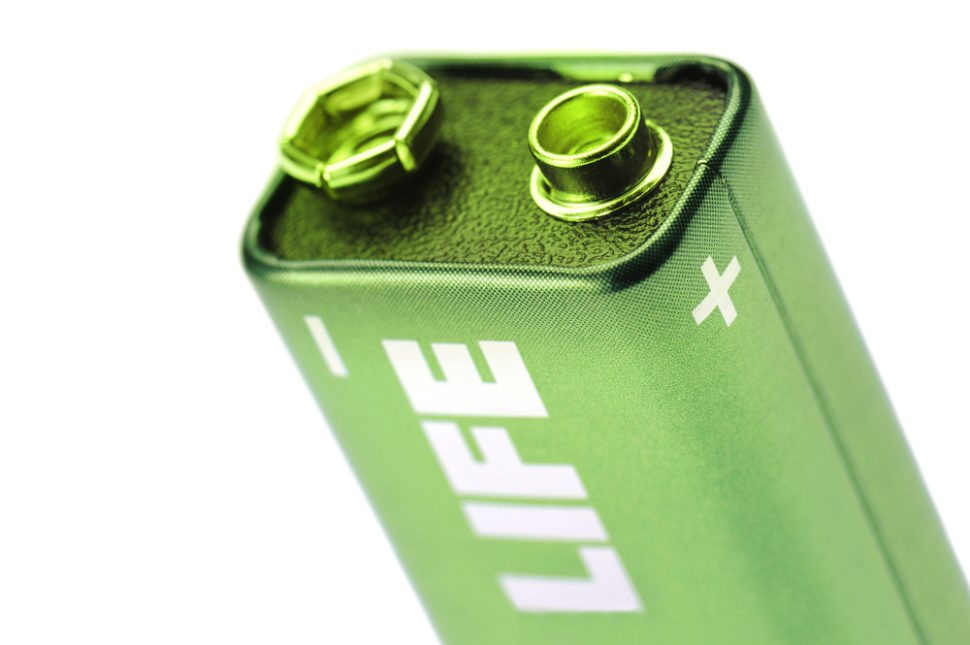For years, scientists have been trying to come up with new techniques and technologies that may help lengthen the life of batteries.
In 2014, researchers at Harvard University’s John A. Paulson School of Engineering and Applied Sciences (SEAS) showed a metal-free aqueous flow battery “that could fundamentally transform the way electricity is stored on the grid.”
This new battery technology exploits the electrochemical properties of molecules called quinones, similar to molecules in animals and plants that store and release energy.
Using abundant organic molecules instead of metals has many promising economic and performance potentials. For instance, it can be used as an inexpensive grid-scale energy storage solution for fluctuating renewable power sources like solar and wind.
In the years since they first presented their battery technology, the Harvard team has been working mainly on one technical caveat, and now we have an update.
Zombie Quinones to Prolong the Life of Batteries
Quinones are small carbon-based (organic) molecules that are composed of naturally abundant elements. They were designed, built, and tested in the lab of Michael Aziz, Professor of Materials and Energy Technologies at SEAS.
Professor Aziz and his team discovered that anthraquinones, the organic molecules that powered their battery technology, tend to slowly decompose over time, which impacts their practicality in the long-term.
They also found that this decomposition happens regardless of the battery’s charging and discharging times that they first thought was the reason. Meaning, the life of batteries still decreases even if they are not being used.
Along with Roy Gordon, professor of Chemistry and Materials Science, Prof Aziz has figured out how the quinones decomposition process occurs and went on even to develop a rejuvenation method to reverse the damage.
Thanks to this technique, they can build an aqueous-flow battery composed entirely of inexpensive chemicals and at the same time, cut the capacity fade rate of the battery by at least a factor of 40.
These death-defying molecules the team created, called DHAQ (dihydroxyanthraquinone) — or “zombie quinones,” as researchers dub them — are among the cheapest large scale production options. Aziz noted:
“Low mass-production cost is really important if organic flow batteries are going to gain wide market penetration.”
“So, if we can use these techniques to extend the DHAQ lifetime to decades, then we have a winning chemistry. This is a major step forward in enabling us to replace fossil fuels with intermittent renewable electricity,” Gordon added.
However, the team still has a lot of work to do. They plan to find the right chemical approach that allows them to engineer stable molecules to extend the lifetime of the battery.



















Comments (0)
Least Recent